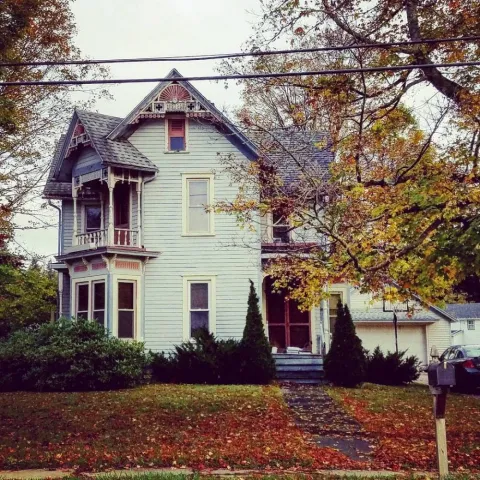Sugar Grove
They call it "The Sweetest Little Town on the Map." However, until 1821, what is now Sugar Grove Borough was known as Brownsville, named after one of the earliest settlers, David Brown.
On March 8, 1821, Sugar Grove Township was formed and officially named for the area's remarkable predominance of maple trees. By most accounts, the first settlers of Sugar Grove Borough were Revolutionary War veterans who arrived in the area in 1802.
The area around Sugar Grove was a hotbed of abolitionist activity during the 19th Century and became an essential stop on the Underground Railroad. For two days in June 1854, Frederick Douglass, the escaped enslaved person who served as an advisor to President Abraham Lincoln during the Civil War and led the national anti-slavery movement, visited Sugar Grove.
Douglass was among those who attended an anti-slavery convention, which he later referred to as the "crowning convention of them all." The annual "Juneteenth" celebration in Sugar Grove commemorated the event for several years.Amish farms surround Sugar Grove, and horse-pulled Amish buggies are a common sight in the business district and on the roads surrounding the town.
